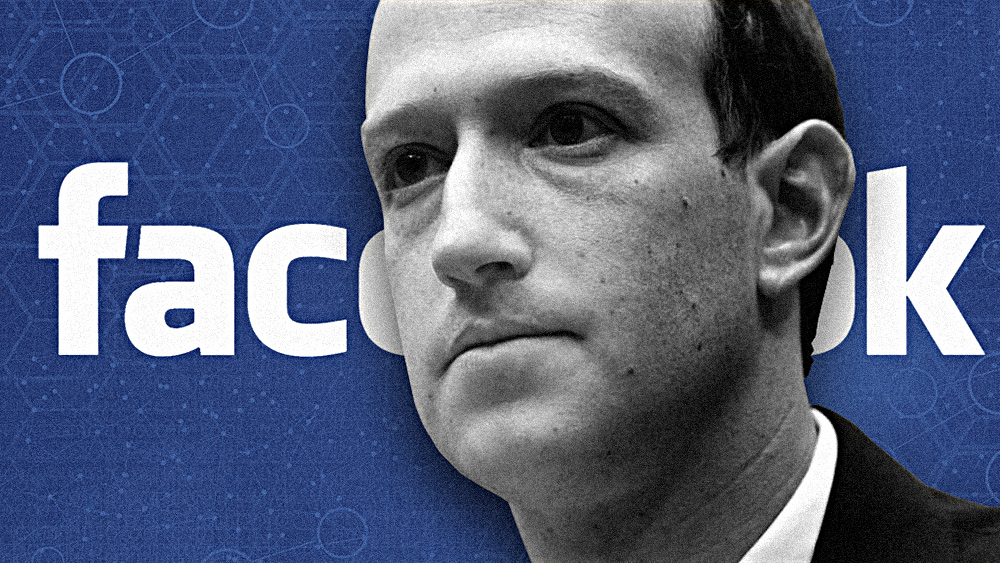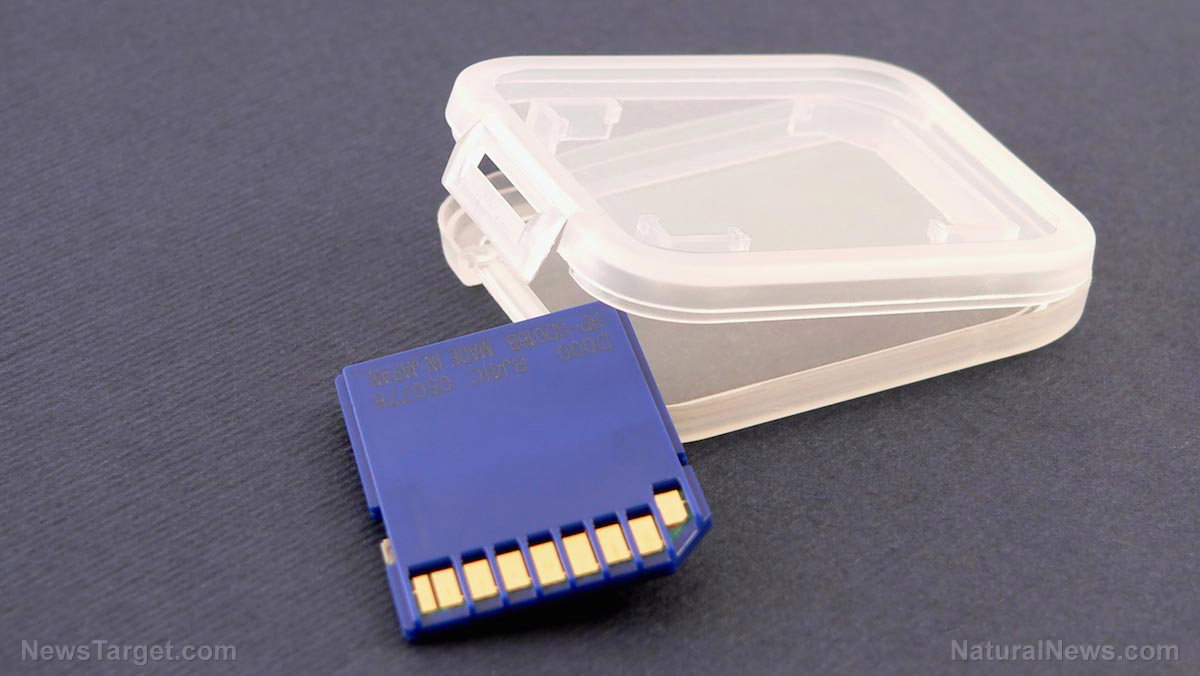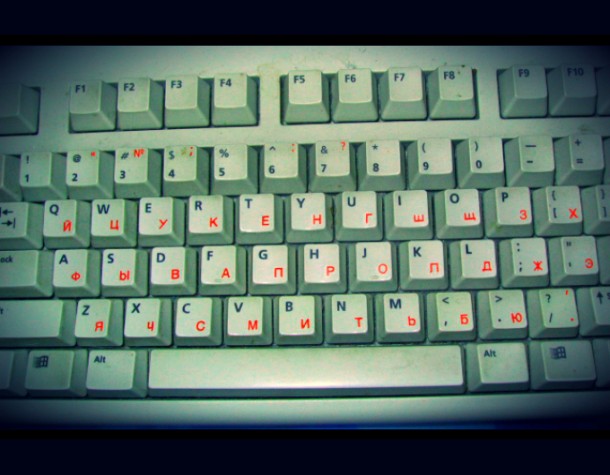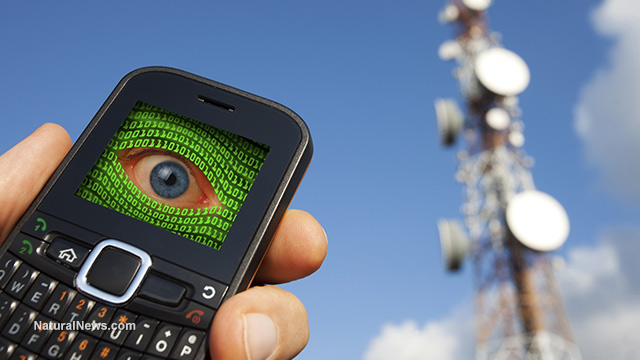Wireless power at your fingertips: Researchers develop revolutionary “cuttable, flexible” charger
04/02/2019 / By Edsel Cook

Japanese researchers are almost as obsessed with wireless technology as they are with robots. They recently announced a new method of wireless charging for smartphones, smartwatches, and other electronic devices.
They created a power transfer sheet made of thin and very flexible material. The conductive sheet can be turned into any shape so that it can fit on any kind of surface or any device. It can even be cut with a pair of scissors, and it will retain its ability to charge electronic devices without any physical contact whatsoever.
University of Tokyo researcher Ryo Takahashi served as the leader of this research effort and the author of the study’s paper. A master’s student in the university’s Graduate School of Information Science and Technology, his invention stemmed from a wish to live in a neat environment with not a single wire to trip on or tangle up.
Takahashi said that the new thin wireless charger could help eliminate the need for cumbersome power cables in electronic appliances and devices that are used at home and in the workplace. He also believed that it could be used in drones, robots, and electric vehicles that normally carry bulky, heavy batteries. (Related: Hundreds of scientists issue joint warning about cancer-causing effects of WiFi, Bluetooth and wireless communications.)
You can bend and even cut this wireless charger as needed
Takahashi had earlier participated in a robotics project. His experiences from that study gave him the idea to look for new, efficient, and uncomplicated ways of delivering power to robots, smartphones, and other electronic devices.
Takahashi and his teammates came up with the very first wireless power transfer sheet that can be cut into any kind of shape. The concept might sound absurd at first, but the versatility of such a flexible material became evident when one realizes that commercially available wireless chargers are bulky and rigid devices that have trouble fitting into tight spaces.
“The sheet is thin and flexible so you can mold it around curved surfaces such as bags and clothes,” Takahashi explained. “Our idea is anyone could transform various surfaces into wireless charging areas.”
The seemingly unrelated abilities to flex, be cut without getting damaged, and contact-free transmission of power are enabled by Takahashi’s unique design. The wireless power transfer sheet operated in a similar way to the conventional system used by wireless power chargers.
A contact-free charger contained coils made from conductive materials. When activated, the coils induced an electric current in a matching set of coils inside the electronic device, thereby recharging the latter.
Making technology less visible
However, the conductive coils of the University of Tokyo-designed wireless power transfer system are arranged in a different way. So not only is the sheet much thinner than a conventional charging pad, but a much larger portion of its surface area can be used for charging.
Furthermore, the wiring of the coils follow a very robust pattern. If enough of the wires escape damage while the sheet is being cut, the coils will continue to induce energy into another electronic device.
“Currently a 400-millimeter (15.75-inch) square sheet provides about 2 to 5 watts of power, enough for a smartphone,” Takahashi said regarding the current iteration of the wireless charger. “But I think we could get this up to tens of watts or enough for a small computer.”
The researchers have proposed several potential uses for the wireless power transfer sheet. Embedding the flexible material into soft surfaces of items would help reduce the obtrusiveness of electronics in daily life. Bags, clothing, furniture, and toys were cited as some of the potential recipients of the technology.
Read NewEnergyReport.com for more reporting on the future of energy.
Sources include:
Tagged Under: breakthrough, computing, electricity, electronics, flexible tech, future science, future tech, inventions, physics, robotics, science and technology, technology, weird science, wireless charging, wireless technology


















